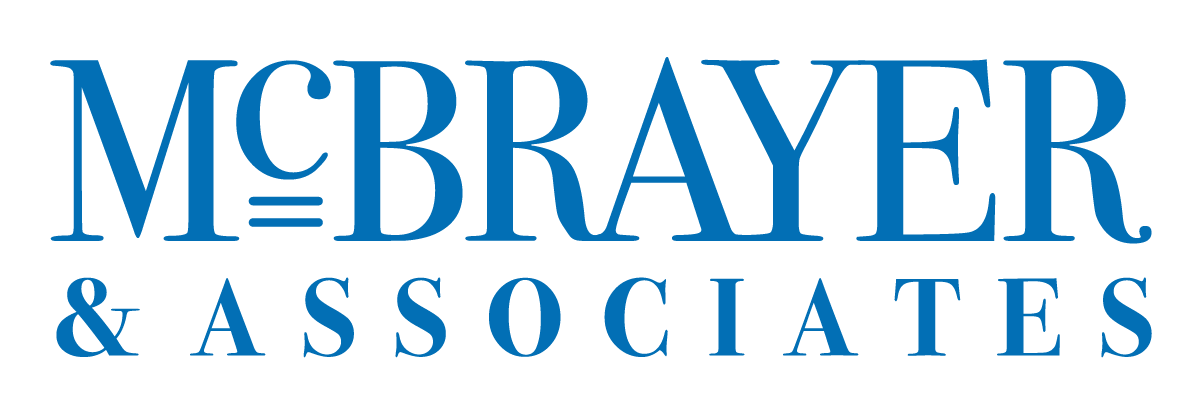How to Prepare for the Most Effective Client Meetings

When meeting a client for the first time, what do you do? More importantly, what should you do?
Typically, on the end of the sales person, the first item on the business meeting agenda is to talk about their own company, its history, its culture, and then the product itself. Some sellers prepare to ask questions.
Whatever the seller’s plan is, they need to make sure it’s good—but how can you be sure that your agenda sets up an effective client meeting?
How to Prepare for a Meeting with a Potential Client
What do you do when you meet a prospect or key account for the first time? How do you hold the conversation if this person is not very talkative?
Before we can establish what’s “good” or ideal in the first meeting with a prospective client, the seller has to realize what the goal of the first sales meeting actually is:
The goal of the first sales meeting is to make your prospect curious.
The agenda for the first client meeting should always aim to make the buyer thirsty for a solution, and ultimately, the seller wants to make them thirsty for the solution they’re offering. But first things first: why is it important that your buyer be curious?
Receptivity to Solutions
Below we’ve provided an illustration that shows a client’s receptivity to new ideas—basically, the graph below shows how willing they are to make a change.

That illustration contains a regular x- and y-axis. The horizontal axis (x) measures the buyer’s satisfaction with their current situation. On the far left, the buyer is totally satisfied. As the graph progresses right, the buyer becomes more and more dissatisfied, until finally they reach crisis mode.
You probably noticed already that when the prospect is in crisis, they are very receptive to a solution. They realize that they have a problem, and they’re actively looking how to solve it.
What we ultimately want to do, as sellers, is show them where that crisis is. But before we can show the problem, we have to understand their industry.
The best way for the seller to realize how to impress a client in the first call is not to offer the solution too soon. Almost all sellers offer their solutions too soon—really, most sellers offer their solution as soon as they can.
When the seller starts selling right away, the buyer is still satisfied. They’re still on the far left of the graph above, meaning they’re totally unreceptive to change. When the prospect is satisfied is the worst time to offer a solution. After all, they don’t even realize they have a problem yet.
Preparing for a Client Meeting at the Top of the Predictive Sales Funnel™
At the top of the funnel, the beginning of the business relationship, the buyer is qualifying the seller. Here—when the buyer is still at the very far left of the graph, our simple meeting agenda is to just create trust and establish rapport.
As you might have noticed when looking at the graph, offering the solution when the buyers are not receptive to change breaks rapport, so we don’t want to sell too soon.
Client Meeting Tips
The one thing that all prospects are interested in, regardless of your industry, is themselves. In particular, your prospects are interested in their market, their industry, and how they compare.
For example, have you ever told a joke to your best friend, who laughed uncontrollably for minutes, and then tried to tell the same joke to a different audience—let’s say, your mother—and received a totally different reaction? Almost everyone has done that. It’s the issue most comedians call “reading the room.”
When in the first business meeting—or any business meeting, for that matter—it’s important to remember what the prospect wants. As sellers, we have to identify what is most important to them to elaborate on their problems and opportunities. The best way to read the room in a business meeting is not through selling but through educating.
Because prospects are interested in their own company, industry, and market, they don’t want to hear about the greatness of your company. At least, not yet. At this point on the graph above, we need to educate your prospects on their market and industry to begin moving them toward crisis mode. In crisis mode is when buyers become curious.
Photo by Victor Hanacek.
